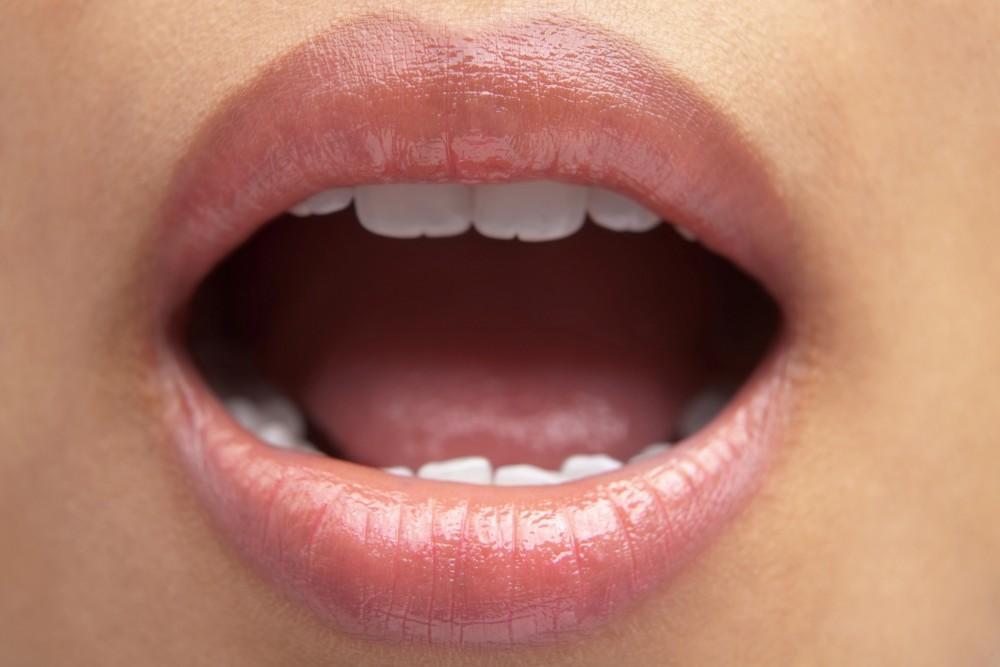
The Who, What, When, Where, and Why of Dental Sealants


Having healthy teeth that last you a lifetime starts with excellent oral care. Regardless of age, anyone with permanent molars can benefit from dental sealants because they decrease the amount of potential damage from tooth decay. Dental sealants are an excellent form of preventive dentistry that can save you from costly dental procedures down the road.
WHO Can Benefit?
Sealants are commonly used to protect children's teeth; however, teens and adults can also benefit from dental sealants. Regardless of age, everyone is prone to tooth decay. Sealants are a proactive and straightforward way to give teeth an extra layer of protection.
Those who can benefit the most from the additional protection sealants provide include:
- Patients with deep grooves and depressions on the surfaces of the teeth
- Young children still mastering dental hygiene
- Those genetically predisposition to tooth decay
WHAT Are Dental Sealants?
The purpose of dental sealants is to provide your teeth with another layer of protection against harmful bacteria. Sealants are thin layers of plastic that are painted onto the chewing surfaces of each molar. Once sealed, food particles are prevented from coming into direct contact with the tooth's sealed surface.
WHEN Is the Ideal Time To Have Them Placed?
For the best possible results, children should get sealants as soon as their molars have erupted before any dental decay occurs. Dentists recommend that children between the ages of six and 14 get dental sealants to help prevent future cavities. Older teenagers and adults can also get sealants if their molars are in good condition and their teeth don't have any signs of decay, or previous dental work, including fillings.
WHERE Are Sealants Most Effective?
Dental patients of all ages can struggle with cleaning their back teeth. It can be difficult for children, teenagers, and adults to reach every surface of the molars with a toothbrush or dental floss. Over time, the lack of good oral hygiene on the back teeth can lead to tooth decay and cavities.
The process of applying dental sealants is painless and does not involve any alterations to the tooth's surface. To apply the sealants, the teeth are thoroughly cleaned to remove any hidden food particles or plaque. Once cleaned, the teeth are dried, and a small amount of gel is placed on the teeth to help with the bonding process. The tooth is then rinsed and dried again. The dental sealant will then be painted onto the chewing surface of the tooth. During the sealant process, all pits and crevices are filled in, and the tooth will be cured to make the sealant permanent. With proper care, dental sealants can last between five and ten years.
WHY Everyone In Your Family Should Have Them
Once dental sealants are placed, it's essential to maintain an excellent oral hygiene routine. This means that the teeth with sealants still need to be brushed twice a day, and floss should be used once a day to help prevent cavities and gum disease.
During an evaluation, your dentist can determine if you or your child would benefit from sealants. Once candidacy is confirmed, sealants can often be applied to the teeth during the same dental appointment as an exam or cleaning. In addition to being fast and painless, sealants are much more cost-effective than dental restorations. Most dental insurance companies include sealants in the list of treatments covered under most general insurance policies.
To learn more about dental sealants and other ways to prevent cavities, schedule an exam and teeth cleaning with Elite Dental & Denture PC today.
You Might Also Enjoy...


Can Improving Your Smile Boost Your Career?

The Do's and Don'ts of Tooth Extraction

The Oral Health – Mental Health Connection

The Importance of Tongue Health


